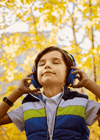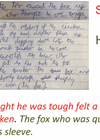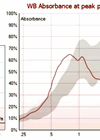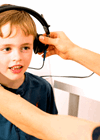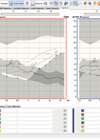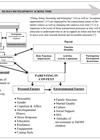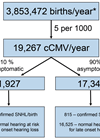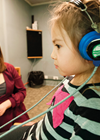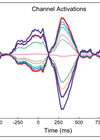Audiology features
Hearing care systems in Europe – can we do more?
52 million Europeans experience hearing loss but many don’t find their way to professional hearing care. Lidia Best looks at strategies to improve the uptake of amplification at a national level [1]. With rising numbers of people experiencing hearing loss,...
Misophonia – a psychological disorder?
Historically, there has been disagreement regarding misophonia classification, with questions surrounding whether it is a psychological or physiological disorder. Dr Jennifer Jo Brout discusses misophonia classification, research, and guidelines for the role of the psychologist. Photo courtesy of Pexels. What...
Theory of mind and deaf children
Theory of mind relates to a person’s ability to understand the perspectives of others, to be aware that they may differ from one’s own perspectives and the ability to use this knowledge to navigate social situations. Dr Helen Chilton explores...
Multifrequency tympanometry
There are many good reasons to start using multifrequency tympanometry as opposed to a traditional, single 226Hz probe tone. Here, Leigh Martin of Interacoustics discusses the uses and benefits. Tympanometry is a core test in the audiologist’s test battery. In...
TEN testing in paediatric patients
Threshold equalising noise (TEN) testing is used to identify dead regions (DRs) of the cochlear. Alexandra Lusty considers the challenges of using the TEN test in the paediatric population as well as the importance of identifying DRs. Diagnosing dead regions...
Enhancing and extending hearing care using Ida Telecare
Tele-audiology has been on our radar for a long while, and evidence shows that its application in clinical practice is beneficial to both patients and clinicians. Cherilee Rutherford discusses the benefits and gives an overview of the freely-available tools developed...
Speech mapping and the benefits of using in clinical practice
Fitting hearing aids is not simply a case of one size fits all. Nicole da Rocha discusses the benefits of using speech mapping as a verification tool. The verification of hearing aids has become quintessential for best practice. Using either...
Sound sensitivity in children
Sound tolerance symptoms in young patients can be a challenge, Veronica Kennedy and Claire Benton share their clinical experience in navigating the issues that can arise in diagnosis and management. In any noisy environment, it’s a common sight to see...
Family-centred early intervention: supporting a call to action
Family-centred care for young children is a commonly used but frequently under-appreciated approach in audiology. Prof Moodie discusses how we can take positive action to improve our approach to families in ways that make a meaningful difference in their lives....
Targeted CMV screening and hearing management of children with congenital cytomegalovirus infection
Congenital cytomegalovirus (cCMV) infection is a common congenital infection and is the leading infectious cause of sensorineural hearing loss (SNHL) in children. Prof Karen Fowler discusses current research and the exciting future of screening for cCMV in newborns. Figure 1....
Lessons from the outcomes of children with hearing loss study
The Outcomes of Children with Hearing Loss (OCHL) study of 300 children with hearing loss has targeted several factors that are under the control of audiologists and parents. Drs McCreery and Walker discuss how these ‘lessons learned’ can lead to...
The importance of hearing aid validation in infants with hearing loss
Hearing aid validation requires that speech discrimination be measured, yet there are no validated methods of measuring speech discrimination in infants and toddlers. Prof Uhler describes two related approaches that are showing promise. Speech discrimination is the gold standard for...



